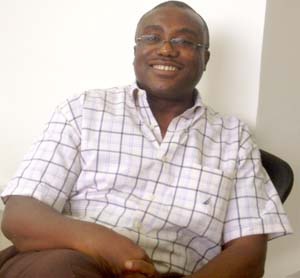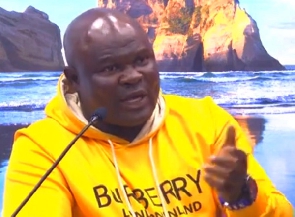A few months ago, Eric Karikari Boateng, Acting Head of the Laboratory Services at the Food and Drugs Authority (FDA), ordered amoxicillin from his local pharmacy to treat his sore and swollen throat. He began taking the medicine Friday, and when his throat continued to swell, he tested the drug on Monday. He discovered it was missing a key ingredient, rendering it completely useless.
Mr Boateng’s case is not unusual in Ghana, a country with a growing estimate of over 60 percent counterfeit goods imported annually. But the fight against counterfeit drugs is opening new doors in its approach.
A newly launched programme by the Centre for Pharmaceutical Advancement and Training (CePAT) may have the potential to change the industry by working directly with officials to train them on how to recognize counterfeit goods.
“CePAT was set up by Pharmacopia (USP) in the US, which has the mandate to set US health standards highly. USP has been setting up facilities in developing countries to work directly on learning how to identify counterfeit medicines and conduct proper practices,” explains Dr Patrick Lukulay, Vice President of USP’s Global Health Impact Programmes and Director of CePAT.
The two-week training programme at the clinic in North Dzorwulu has flown in participants from six different African countries, and it’s Ghana’s first programme to take a hands-on approach and train regulatory authorities and pharmaceutical manufacturers directly.
“By bringing them together, they are learning from each other and learning different things they’ve uncovered in their work. The camaraderie is working very well. Now they know how to identify a bad product,” says Dr Lukulay.
Although the programme would come to a close on July 16, Dr Lukulay believes the fight has just begun.
“I think the process of manufacturing counterfeit drugs is rising. Companies make a $75 billion profit per year from counterfeit drugs,” he says. And who is most responsible for these counterfeit drugs? China and India.
“China and India aren’t bad countries out to kill everybody. China and India are the countries where medicines are naturally made. They have the human resource capacity and raw materials, so naturally it’s the home of everything. There’s a lot of pressure mounting on China and India. But given the size of their countries, so much is happening that the government isn’t aware of. They institute different standards from products for their country, compared to the products going out of their country. This has to change.”
Dr Lukulay explains counterfeit goods manifest in two ways: first through the deliberate action of “rogue manufacturers” who are trying to cut corners and make cheaper products for money, and secondly through the accidental production of substandard products, whose ingredients were poor from the start.
“Europe and the US have good medicine because of the vigilance of the agencies. Africa, Asia, and Latin America don’t have good quality control. If you don’t have the right resources, then you can only rely on the information the manufacturer gave you,” he says.
Learning to recognize correct information is a learnable skill, which is why CePAT is focusing on training what can be controlled within Ghana’s borders.
“Ghana’s FDA is fairly young. It was first established in 1992, but the institution didn’t have the capacity to do anything then. The law was there for 20 years doing very little. But if you look at the rapid change now, it’s coming along well,” Dr Lukulay adds.
Health News of Wednesday, 17 July 2013
Source: Daily Guide

















